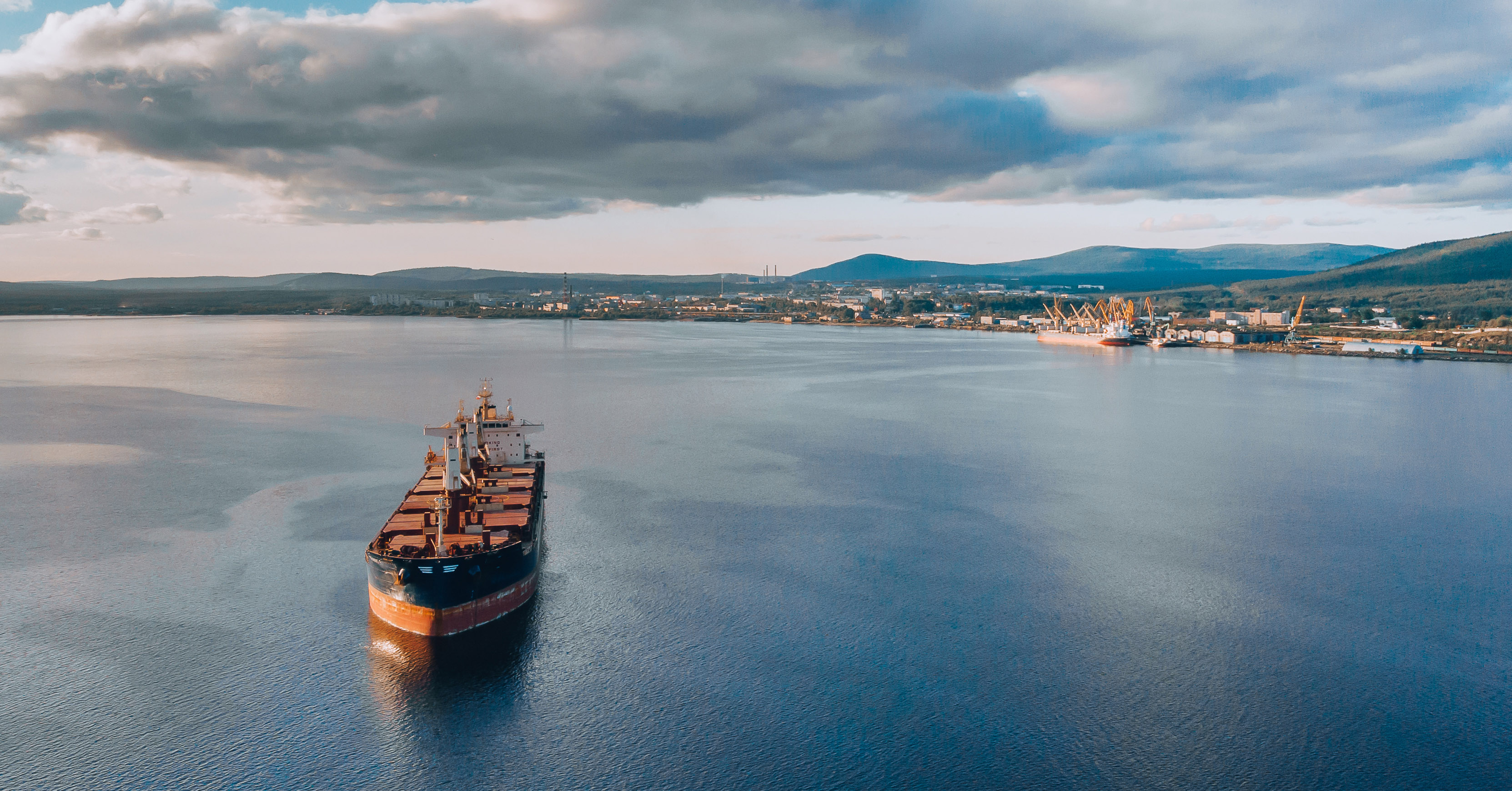The maritime industry can be a positive force of change as a key industry in the global movement toward sustainability. With environmental concerns at the forefront of global agendas, the focus on reducing greenhouse gas (GHG) emissions has never been more critical. In this post, we will explore the impact of the CII on maritime environmental strategies and how RightShip is incorporating this metric into its platform.
Understanding the Carbon Intensity Indicator
The CII is one of the short-term baskets of decarbonisation measures introduced by the IMO. It aims to quantify how efficiently a vessel transports goods or passengers (considering annual CO2 emissions, capacity and annual distance travelled). The CII establishes targets for the various vessel segments and then seeks to offer insights into performance against those metrics through an annual A-E rating. This allows for assessing a vessel's environmental impact during operations at sea.
The CII's significance lies in its ability to drive discussions and collaborative efforts for decarbonisation across the maritime ecosystem, be it owners, managers, charterers or ports and terminals. By integrating the CII into environmental strategies, stakeholders may engage in more informed discussions about decarbonisation.
CII and RightShip's platform
As part of RightShip's Environmental review submission, ship owners and managers can now submit their Annual CII certificate. This enhances the transparency of vessel operations in line with IMO's policy for short-term decarbonisation goals, aiming for net-zero emissions by 2050.
To integrate the Carbon Intensity Indicator seamlessly into its existing systems, RightShip has designed its platform to reflect CII ratings alongside the GHG Rating. From 22 May 2024 onwards, the annual CII rating will be prominently displayed on the Vessel header, mirroring the GHG Rating flag. This design emphasises the synergy between the vessel’s design aspects and operational emissions, fostering a comprehensive approach towards net-zero emissions.
If a vessel fails to update its CII Rating or the data is older than 1.5 years, the CII flag will turn grey. This feature ensures compliance with the IMO regulation, which mandates the annual update of the CII Rating by May 31st of the following year. The colour coding of the CII flag corresponds to the A to E ratings of RightShip’s GHG Rating, maintaining a consistent and user-friendly interface.
By making the CII visible, the platform supports transparency around regulatory compliance alongside RightShip’s design-focused GHG Rating. This initiative is part of a broader commitment to foster dialogue around the CII, build a robust database for future studies, and explore correlations between GHG and CII ratings as these metrics evolve.
CII and vetting criteria
The CII Ratings are not intended to be used in RightShip's vetting rules or baseline criteria. The CII, in its current structure, does not address the complexities of various aspects of vessel operations. This leaves gaps which hinder its wide acceptance as a universal metric by the maritime industry. RightShip believes that while being a good starting universal metric by the IMO, the CII has scope for improvement and is not an accurate indicator of a vessel’s operational emissions that can be relied upon for charterer decision-making. The RightShip GHG Rating will remain our recommended environmental metric for charterers' use in vetting rules.
Conclusion
Integrating the Carbon Intensity Indicator into maritime operations is more than a regulatory requirement; it is a crucial component of the industry's commitment to sustainable development. Recognising its importance, RightShip is incorporating it on its platform to help the maritime sector leverage this metric to promote transparency, encourage continuous improvement, and ultimately steer towards a greener future. The collaborative efforts facilitated by the visibility of the CII are essential for achieving the ambitious goal of net-zero emissions by 2050, marking a significant step forward in maritime environmental stewardship.
